Debunking Top Myths About Purifying Water for Safe Drinking
1. Boiling Water Makes It Completely Safe
Boiling is highly effective at killing bacteria, viruses, and parasites, but it does not remove chemical pollutants, heavy metals, or microplastics. If your water source contains industrial waste, pesticides, or other toxins, boiling alone won’t solve the problem.
Best practice: Boil Water for at least one minute (three minutes at high altitudes) and use a filter with activated carbon to remove chemical contaminants.
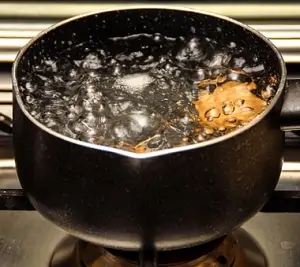
2. Freezing Water Makes It Safe to Drink
Freezing contaminated water doesn’t purify it. While freezing slows microbial growth, pathogens like Giardia and Cryptosporidium can survive freezing temperatures and remain active when thawed. Chemical pollutants like heavy metals and pesticides are also unaffected by freezing.
Best practice: Always purify water before freezing it. Freezing is useful for storage, not purification.
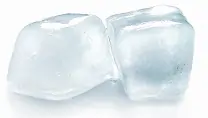
3. Water Purification Tablets Kill Everything
Purification tablets are effective against bacteria and most viruses but struggle with Cryptosporidium, a parasite with a tough outer shell. They also don’t remove heavy metals or chemical pollutants.
Best practice: Use purification tablets in combination with filtration or boiling for maximum protection.

4. If Water Looks Clear, It’s Safe to Drink
Clear water can still contain harmful contaminants like arsenic, lead, and nitrates, which are invisible to the naked eye. Dangerous microorganisms may also be present in seemingly clear water.
Best practice: Always purify and filter water, no matter how clear it appears.
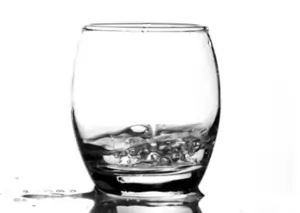
5. UV Light Purifiers Work Instantly and on Any Water
UV purifiers are excellent for neutralizing bacteria and viruses, but they have limitations. Murky water reduces their effectiveness, and they don’t remove chemicals or heavy metals.
Best practice: Pre-filter water before using a UV purifier and have a backup purification method.
6. Drinking from a Natural Spring or River Is Always Safe
Natural water sources can be contaminated by animal waste, bacteria, parasites, and agricultural runoff. Even remote streams and springs can carry pathogens like Giardia or E. coli.
Best practice: Always treat water from natural sources by filtering and purifying it such a by boiling. A portable filter with a hollow fiber membrane is ideal for removing bacteria and parasites.
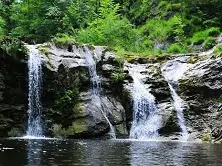
7. Filtering Water Removes All Contaminants
Basic filters remove dirt, sediment, and some bacteria but aren’t effective against viruses, heavy metals, or dissolved chemicals like pesticides and industrial pollutants.
Best practice: Choose a high-quality filter with multiple treatment stages. For example, activated carbon removes chemicals, and a hollow fiber membrane or reverse osmosis system eliminates viruses and bacteria.
8. Snow and Ice Are Safe to Eat
Melting snow may seem like an easy water source, but it can contain dirt, bacteria, and pollutants. Eating snow directly can also lower body temperature, increasing the risk of hypothermia.
Best practice: Always melt and purify snow or ice before drinking. Boiling is the most reliable method in cold environments.

9. Alcohol Can Neutralize Contaminated Water
Adding alcohol to water doesn’t make it safe. Alcohol doesn’t kill most bacteria or parasites, and drinking contaminated water mixed with alcohol can still make you sick.
Best practice: Stick to proven purification methods like boiling, filtration, or chemical tablets.
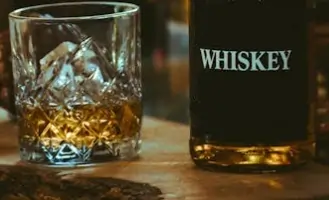
10. Sunlight Can Purify Water on Its Own
Solar water disinfection (SODIS) uses UV rays to kill pathogens, but it’s not foolproof. The water must be in a clear plastic bottle and exposed to full sunlight for at least six hours. It doesn’t remove chemical contaminants and is less effective on cloudy days.
Best practice: Use SODIS as a last resort or backup method. Pair it with filtration or chemical treatment for better results.
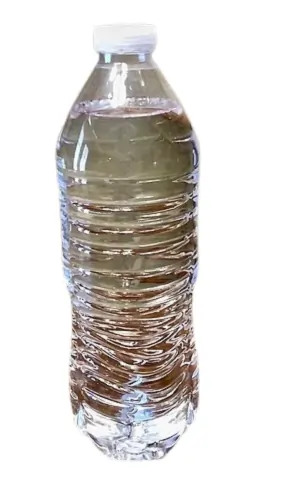
11. Adding Fruit or Herbs Can Make Contaminated Water Safe
While adding citrus, herbs, or charcoal can improve taste, these ingredients don’t remove harmful bacteria, parasites, or chemicals.
Best practice: Always purify water properly before adding flavorings.
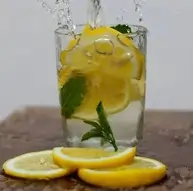
12. Rainwater Is Always Safe to Drink
Rainwater can pick up pollutants from the atmosphere, bird droppings, and rooftop residues, making it unsafe to drink without treatment.
Best practice: Collect rainwater in clean, food-grade containers and filter or purify it before drinking.
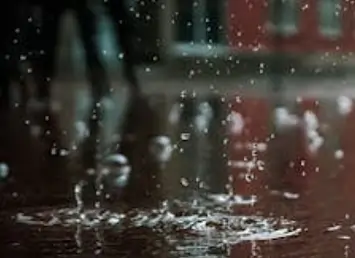
Conclusion
Water purification is more complex than it seems, and relying on myths can lead to serious health risks. The most effective approach is to combine multiple methods—boiling, filtering, chemical treatment, or UV purification—to address a wide range of contaminants. Whether you’re traveling, camping, or preparing for an emergency, understanding these facts can help you stay safe and hydrated.